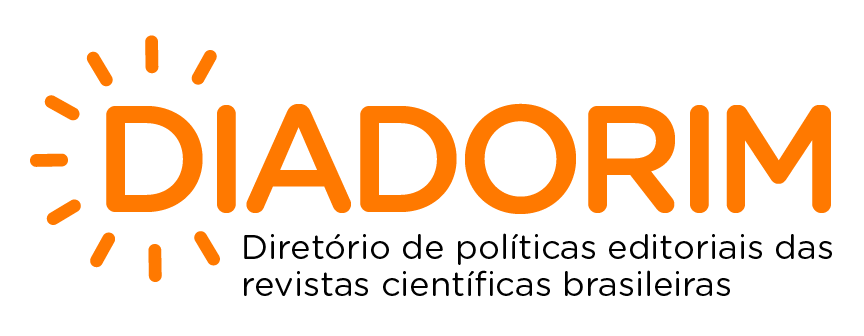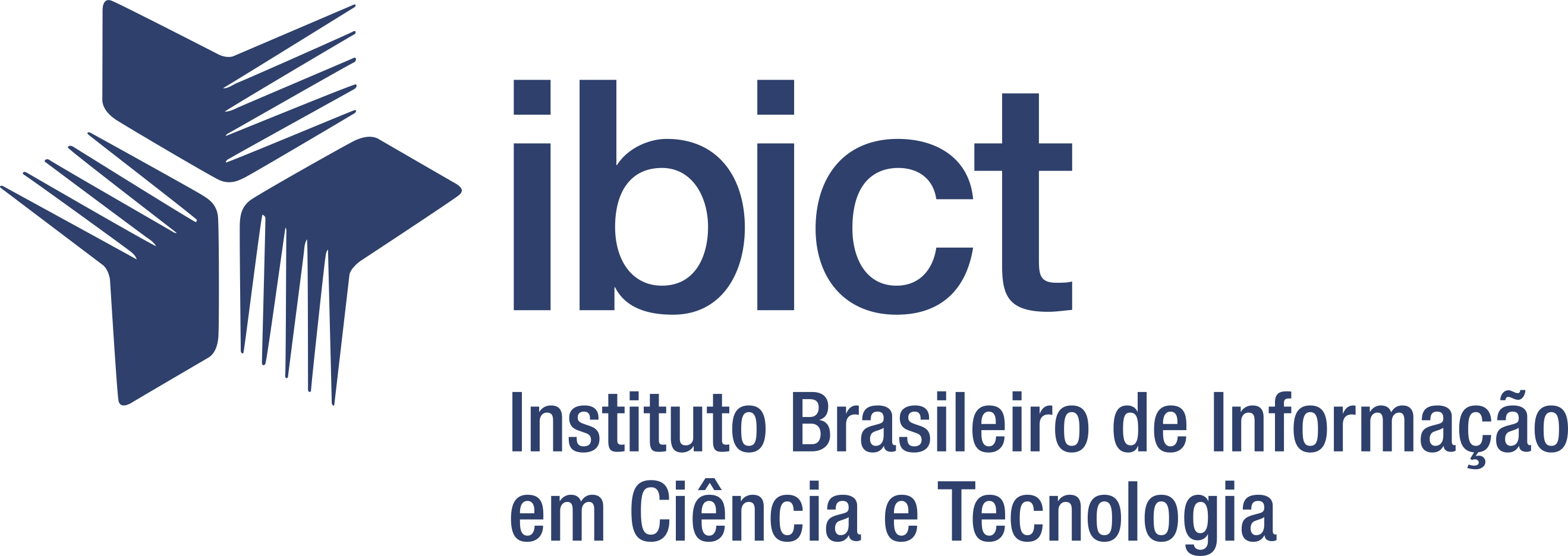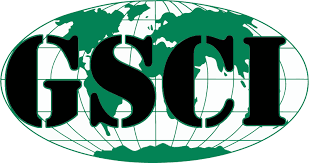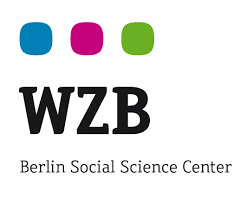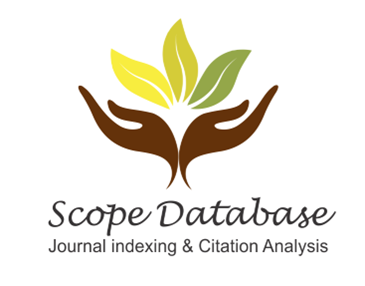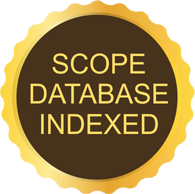POLYCYSTIC OVARY SYNDROME ASSOCIATED WITH OBESITY: PATHOPHYSIOLOGICAL MECHANISMS AND CLINICAL IMPLICATIONS – AN INTEGRATIVE REVIEW
DOI:
https://doi.org/10.53612/recisatec.v2i9.188Keywords:
Polycystic ovary syndrome, Inflammation, Infertility, ObesityAbstract
Introduction: Polycystic Ovarian Syndrome (PCOS) referring to the association between amenorrhea and the polycystic form of the ovaries. It is called hyperandrogenism, which can generate symptoms such as acne, menstrual irregularity, obesity, ovarian cysts and hirsutism. Lipids seem to have a strong relationship with PCOS, as about 50% of women with the syndrome trigger or worsen ovarian and metabolic disorders. Objective: To understand the influence of obesity on the pathophysiological changes associated with PCOS. Methodology: This is an integrative review. The research was carried out through online access to the Pubmed (Medline) and Bireme (Latin American and Caribbean Center for Health Sciences Information) databases, during the years 2011 and 2021. Results: Insulin resistance and hyperandrogenism establish the relationship between obesity and PCOS, with a strong inflammatory factor involved in the pathophysiology. Probably the loss of lipolytic function of adipose tissue is secondary to hyperandrogenism in women with PCOS, thus causing greater insulin resistance. Conclusion: it is extremely important to alert to the importance of adopting preventive and therapeutic strategies aimed at reducing overweight/obesity and dyslipidemia, seeking to control PCOS, and that further studies reaffirm this.
Downloads
References
ABBOTT, D. H.; DUMESIC, D. A.; LEVINE, J. E. Hyperandrogenic origins of polycystic ovary syndrome - implications for pathophysiology and therapy. Expert review of endocrinology & metabolism, v. 14, n. 2, p. 131–143, 4 mar. 2019. DOI: https://doi.org/10.1080/17446651.2019.1576522
ABOELDALYL, S. et al. The Role of Chronic Inflammation in Polycystic Ovarian Syndrome-A Systematic Review and Meta-Analysis. International journal of molecular sciences, v. 22, n. 5, p. 1–31, 1 mar. 2021. DOI: https://doi.org/10.3390/ijms22052734
ANDERSON, A. D.; SOLORZANO, C. M. B.; MCCARTNEY, C. R. Childhood obesity and its impact on the development of adolescent PCOS. Seminars in reproductive medicine, v. 32, n. 3, p. 202–213, 2014. DOI: https://doi.org/10.1055/s-0034-1371092
AZZIZ, R. et al. The Androgen Excess and PCOS Society criteria for the polycystic ovary syndrome: the complete task force report. Fertility and sterility, v. 91, n. 2, p. 456–488, fev. 2009. DOI: https://doi.org/10.1016/j.fertnstert.2008.06.035
BACHELOT, A. Polycystic ovarian syndrome: clinical and biological diagnosis. Annales de biologie clinique, v. 74, n. 6, p. 661–667, 1 nov. 2016. DOI: https://doi.org/10.1684/abc.2016.1184
BALEN, A. H. et al. The management of anovulatory infertility in women with polycystic ovary syndrome: an analysis of the evidence to support the development of global WHO guidance. Human reproduction update, v. 22, n. 6, p. 687–708, 2016. DOI: https://doi.org/10.1093/humupd/dmw025
BARBER, T. M. et al. Obesity and Polycystic Ovary Syndrome: Implications for Pathogenesis and Novel Management Strategies. Clinical medicine insights. Reproductive health, v. 13, p. 117955811987404, jan. 2019. DOI: https://doi.org/10.1177/1179558119874042
BARTHELMESS, E. K.; NAZ, R. K. Polycystic ovary syndrome: current status and future perspective. Frontiers in bioscience (Elite edition), v. 6, n. 1, p. 104–119, 1 jan. 2014. DOI: https://doi.org/10.2741/E695
BOOTH, F. W.; ROBERTS, C. K.; LAYE, M. J. Lack of exercise is a major cause of chronic diseases. Comprehensive Physiology, v. 2, n. 2, p. 1143, abr. 2012. DOI: https://doi.org/10.1002/cphy.c110025
DELIGEOROGLOU, E. et al. Mediators of chronic inflammation in polycystic ovarian syndrome. Gynecological endocrinology : the official journal of the International Society of Gynecological Endocrinology, v. 28, n. 12, p. 974–978, dez. 2012. DOI: https://doi.org/10.3109/09513590.2012.683082
DULEBA, A. J.; DOKRAS, A. Is PCOS an inflammatory process? Fertility and sterility, v. 97, n. 1, p. 7–12, 2012. DOI: https://doi.org/10.1016/j.fertnstert.2011.11.023
DUMESIC, D. A. et al. Scientific Statement on the Diagnostic Criteria, Epidemiology, Pathophysiology, and Molecular Genetics of Polycystic Ovary Syndrome. Endocrine Reviews, v. 36, n. 5, p. 487, 2015. DOI: https://doi.org/10.1210/er.2015-1018
FEBRASGO. Síndrome dos ovários policísticos. Rio de Janeiro: Federação Brasileira das Associações de Ginecologia e Obstetrícia, 2019.
FERRIMAN, D.; GALLWEY, J. D. Clinical assessment of body hair growth in women. The Journal of Clinical Endocrinology & Metabolism, v. 21, n. 11, p. 1440–1447, 1961. DOI: https://doi.org/10.1210/jcem-21-11-1440
FRANCISQUELI, F. V; NASCIMENTO, A. F.; CORRÊA, C. R. Obesidade, inflamação e complicações metabólicas | Nutrire Rev. Soc. Bras. Aliment. Nutr;40(1): 81-89, abr. 2015.
LILACS. Nutrire Rev. Soc. Bras. Aliment. Nutr, v. 40, n. 1, p. 81–89, abr. 2015. DOI: https://doi.org/10.4322/2316-7874.016213
LAU, D. C. W. et al. Adipokines: Molecular links between obesity and atheroslcerosis. American Journal of Physiology - Heart and Circulatory Physiology, v. 288, n. 5 57-5, p. 2031–2041, maio 2005. DOI: https://doi.org/10.1152/ajpheart.01058.2004
LEGRO, R. S. Evaluation and Treatment of Polycystic Ovary Syndrome. Endotext, 11 jan. 2017.
LIMA, L. G.; FERREIRA, L. A. A METFORMINA NA INDUÇÃO DA OVULAÇÃO EM MULHERES COM SÍNDROME DOS OVÁRIOS POLICÍSTICOS. Visão Acadêmica, v. 18, n. 2, 24 jul. 2017. DOI: https://doi.org/10.5380/acd.v18i2.52262
MARCON, G. M.; SANCHES, A. C. C.; VIRTUOSO, S. Atualizações sobre os medicamentos da Diretriz Brasileira de Obesidade: uma revisão de literatura. Research, Society and Development, v. 11, n. 4, p. e10211427139, 12 mar. 2022. DOI: https://doi.org/10.33448/rsd-v11i4.27139
PAN, M. L. et al. Relationship between Polycystic Ovarian Syndrome and Subsequent Gestational Diabetes Mellitus: A Nationwide Population-Based Study. PloS one, v. 10, n. 10, 2015. DOI: https://doi.org/10.1371/journal.pone.0140544
PIPARVA, K. G.; BUCH, J. G. Deep vein thrombosis in a woman taking oral combined contraceptive pills. Journal of Pharmacology & Pharmacotherapeutics, v. 2, n. 3, p. 185, jul. 2011. DOI: https://doi.org/10.4103/0976-500X.83284
POLAK, K. et al. New markers of insulin resistance in polycystic ovary syndrome. Journal of Endocrinological Investigation, v. 40, n. 1, p. 1, 1 jan. 2017. DOI: https://doi.org/10.1007/s40618-016-0523-8
ROSENFIELD, R. L.; EHRMANN, D. A. The Pathogenesis of Polycystic Ovary Syndrome (PCOS): The Hypothesis of PCOS as Functional Ovarian Hyperandrogenism Revisited. Endocrine reviews, v. 37, n. 5, p. 467–520, 2016. DOI: https://doi.org/10.1210/er.2015-1104
SANCHEZ-GARRIDO, M. A.; TENA-SEMPERE, M. Metabolic dysfunction in polycystic ovary syndrome: Pathogenic role of androgen excess and potential therapeutic strategies. Molecular metabolism, v. 35, 1 maio 2020. DOI: https://doi.org/10.1016/j.molmet.2020.01.001
SOUSA, E. F. G. DE; REIS, B. G. S.; NUNES MENDES DE BRITO, A. O papel do adipócito na inflamação e metabolismo do obeso. Research, Society and Development, v. 10, n. 9, p. e45810918191, 31 jul. 2021. DOI: https://doi.org/10.33448/rsd-v10i9.18191
SPRITZER, P. M. Polycystic ovary syndrome: reviewing diagnosis and management of metabolic disturbances. Arquivos Brasileiros de Endocrinologia & Metabologia, v. 58, n. 2, p. 182–187, 2014. DOI: https://doi.org/10.1590/0004-2730000003051
TAVARES, A.; BARROS, R. C. R. The Prevalence of Metabolic Syndrome in the Different Phenotypes of Polycystic Ovarian Syndrome. Revista brasileira de ginecologia e obstetricia : revista da Federacao Brasileira das Sociedades de Ginecologia e Obstetricia, v. 41, n. 1, p. 37–43, 14 jan. 2019. DOI: https://doi.org/10.1055/s-0038-1676568
YOUSUF, S. D. et al. Does the Oral Contraceptive Pill Increase Plasma Intercellular Adhesion Molecule-1, Monocyte Chemoattractant Protein-1, and Tumor Necrosis Factor-α Levels in Women with Polycystic Ovary Syndrome: A Pilot Study. Journal of pediatric and adolescent gynecology, v. 30, n. 1, p. 58–62, 1 fev. 2017. DOI: https://doi.org/10.1016/j.jpag.2016.06.010
ZHANG, J. et al. Polycystic ovary syndrome and mitochondrial dysfunction. Reproductive Biology and Endocrinology : RB&E, v. 17, n. 1, 16 ago. 2019. DOI: https://doi.org/10.1186/s12958-019-0509-4
Downloads
Published
How to Cite
Issue
Section
Categories
License
Copyright (c) 2022 RECISATEC - SCIENTIFIC JOURNAL HEALTH AND TECHNOLOGY

This work is licensed under a Creative Commons Attribution 4.0 International License.
Os direitos autorais dos artigos/resenhas/TCCs publicados pertecem à revista RECISATEC, e seguem o padrão Creative Commons (CC BY 4.0), permitindo a cópia ou reprodução, desde que cite a fonte e respeite os direitos dos autores e contenham menção aos mesmos nos créditos. Toda e qualquer obra publicada na revista, seu conteúdo é de responsabilidade dos autores, cabendo a RECISATEC apenas ser o veículo de divulgação, seguindo os padrões nacionais e internacionais de publicação.













